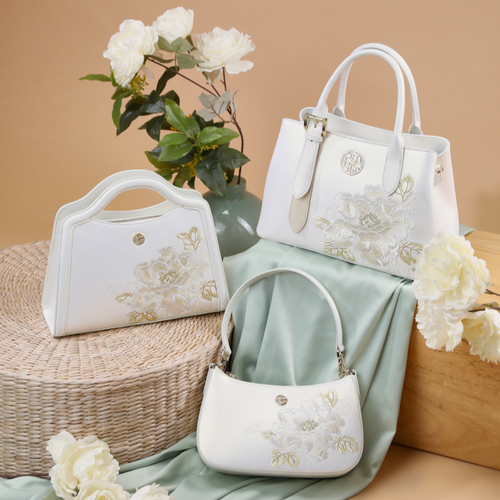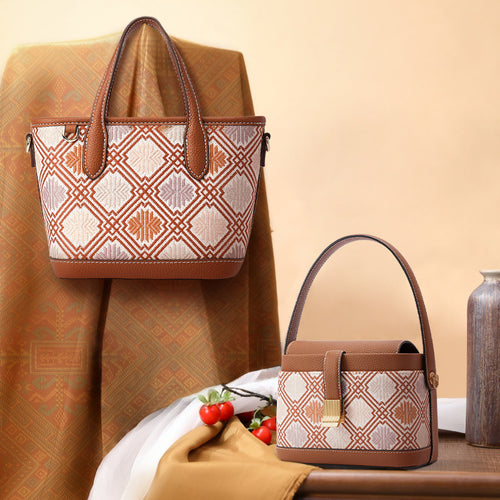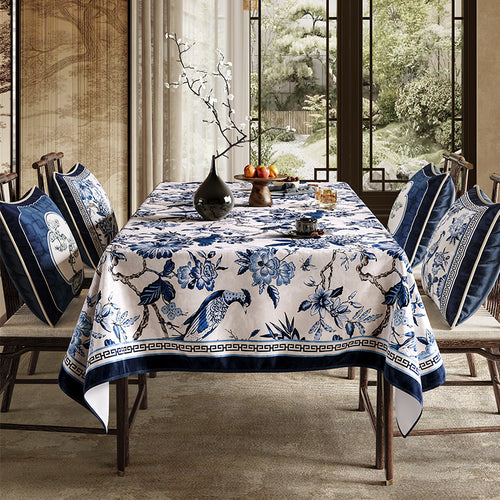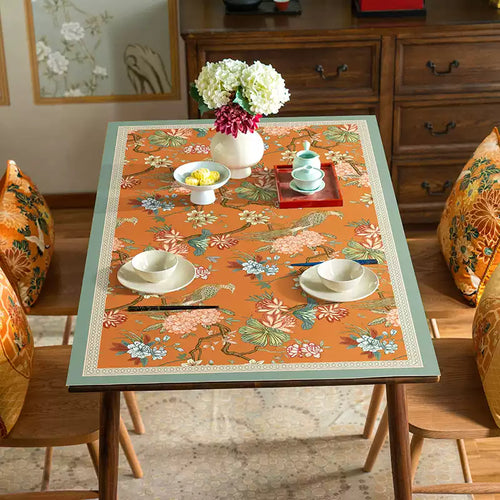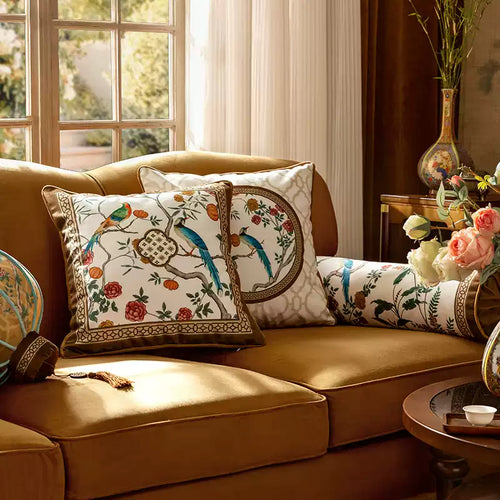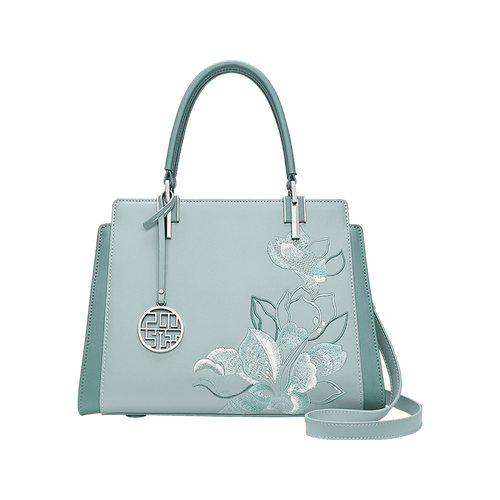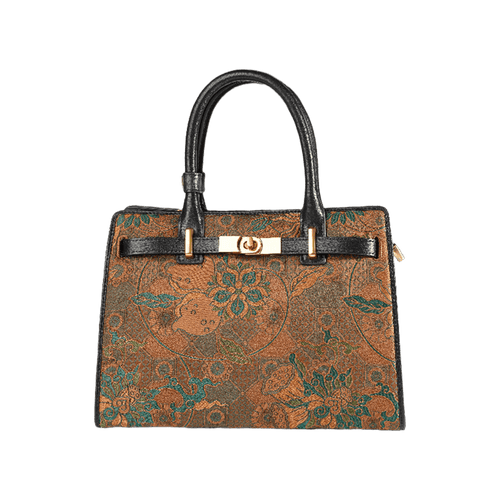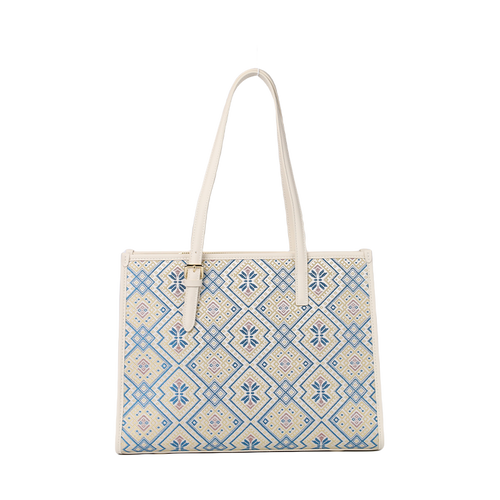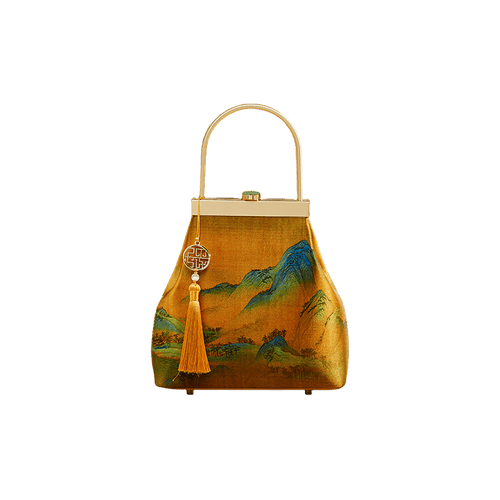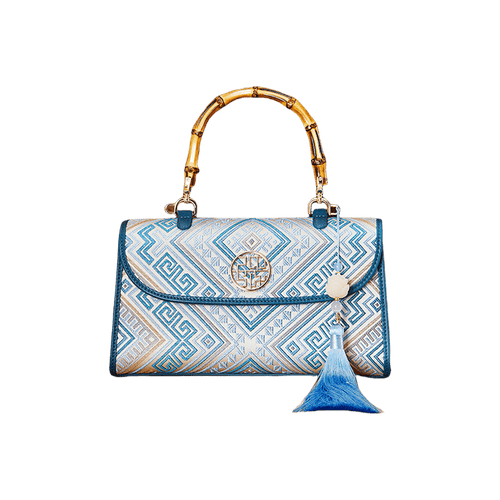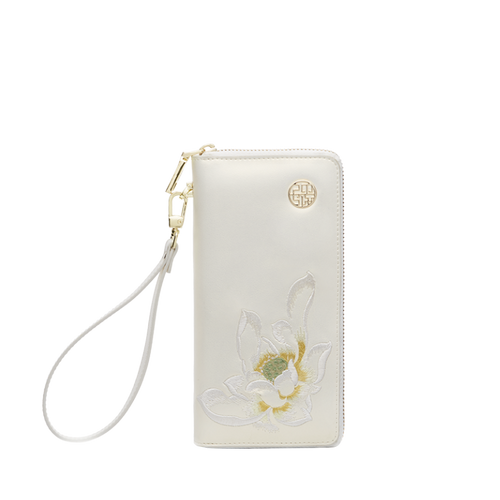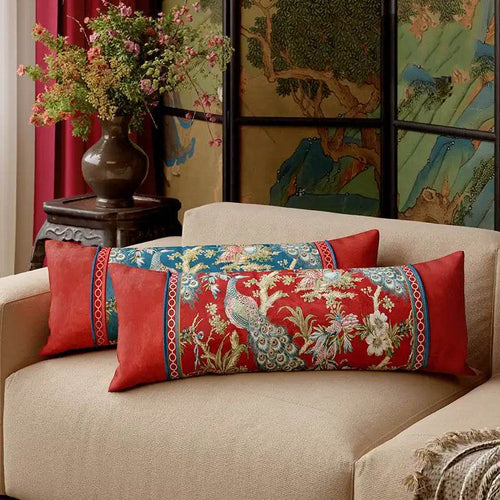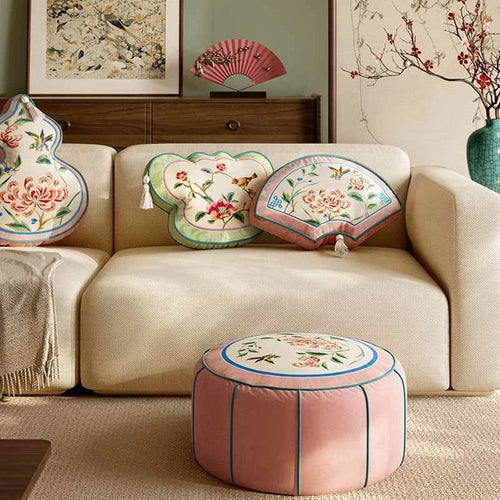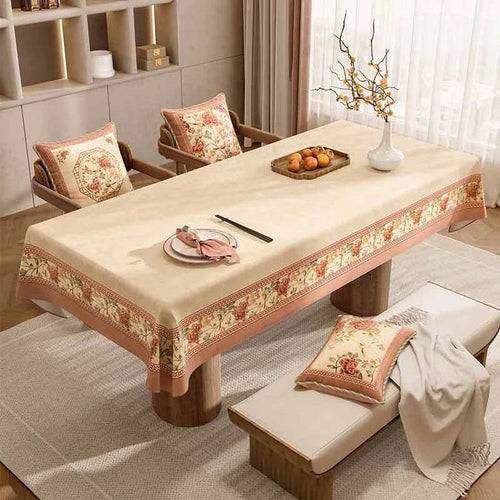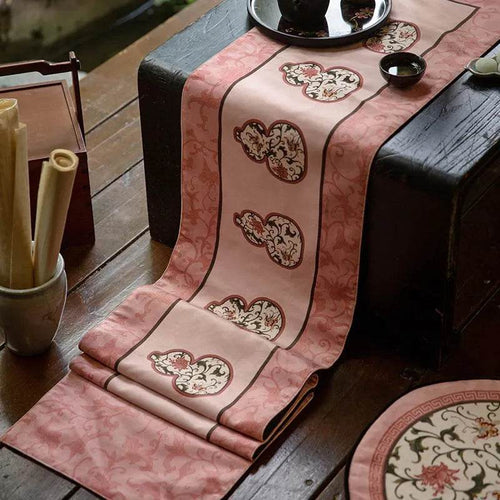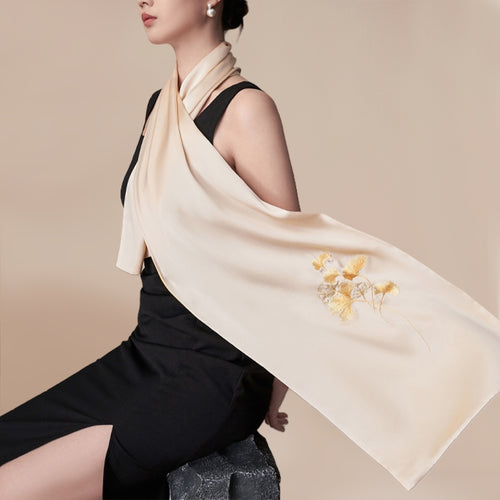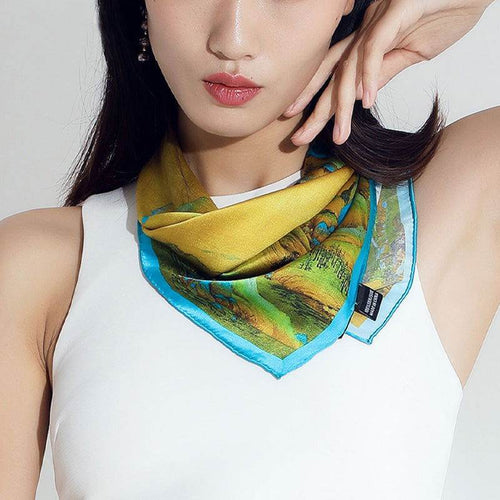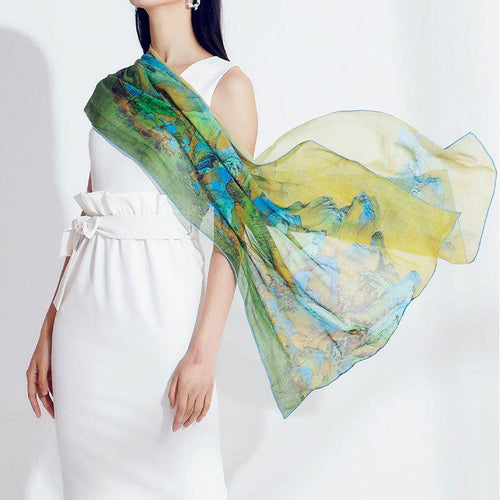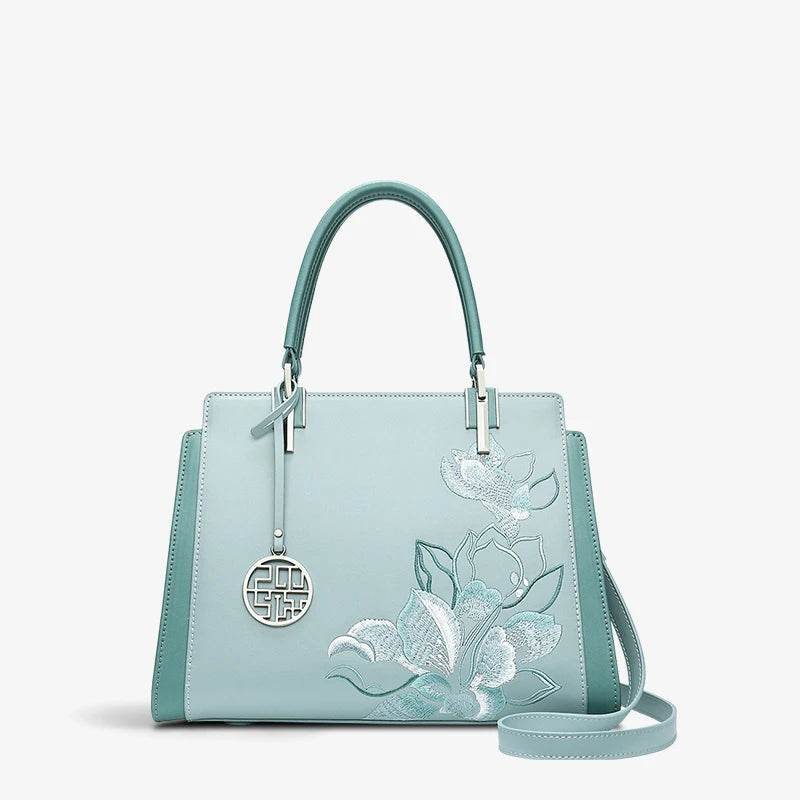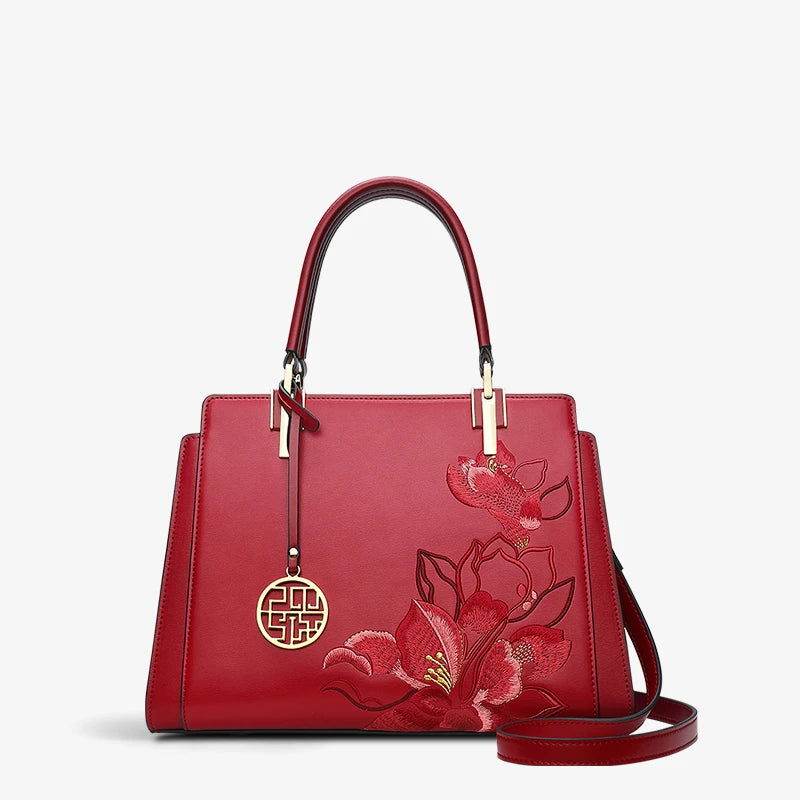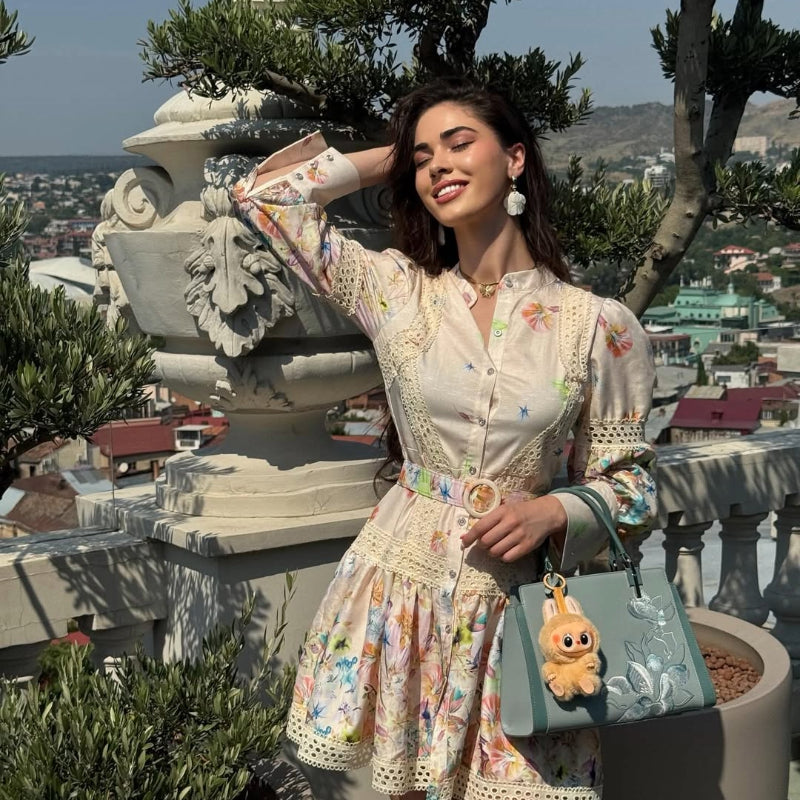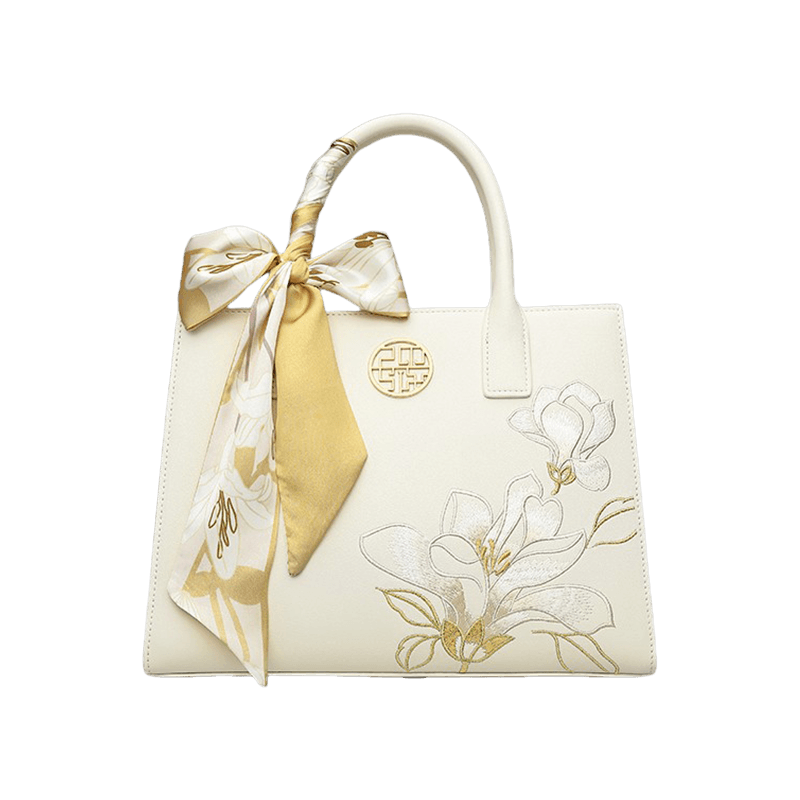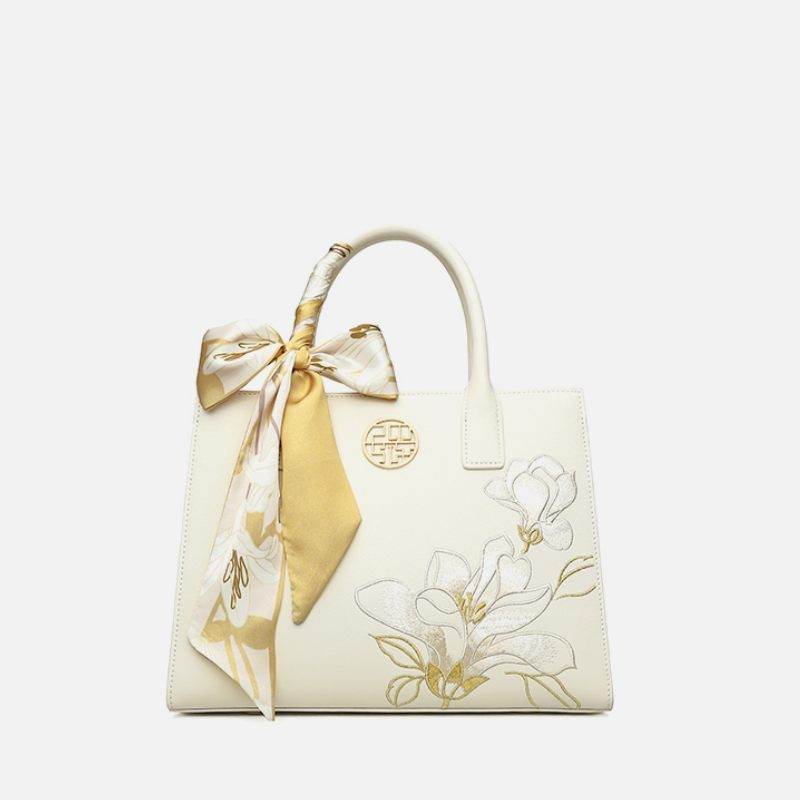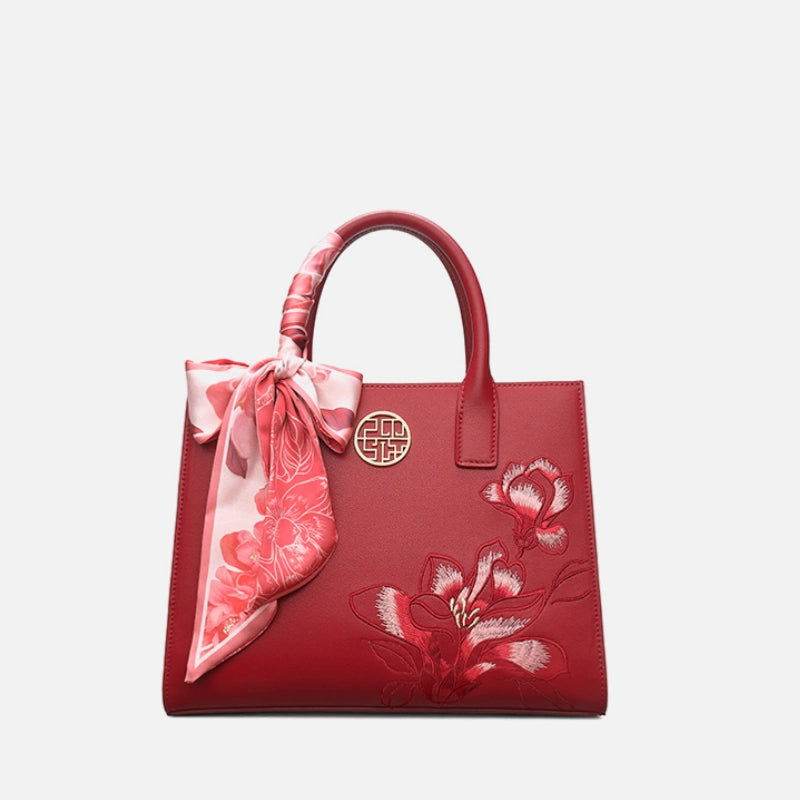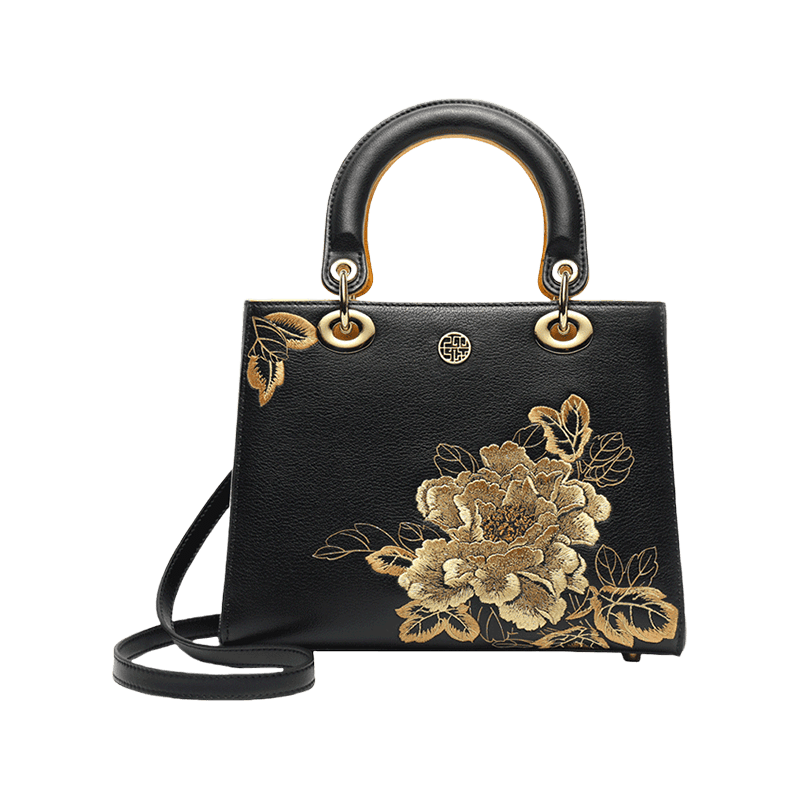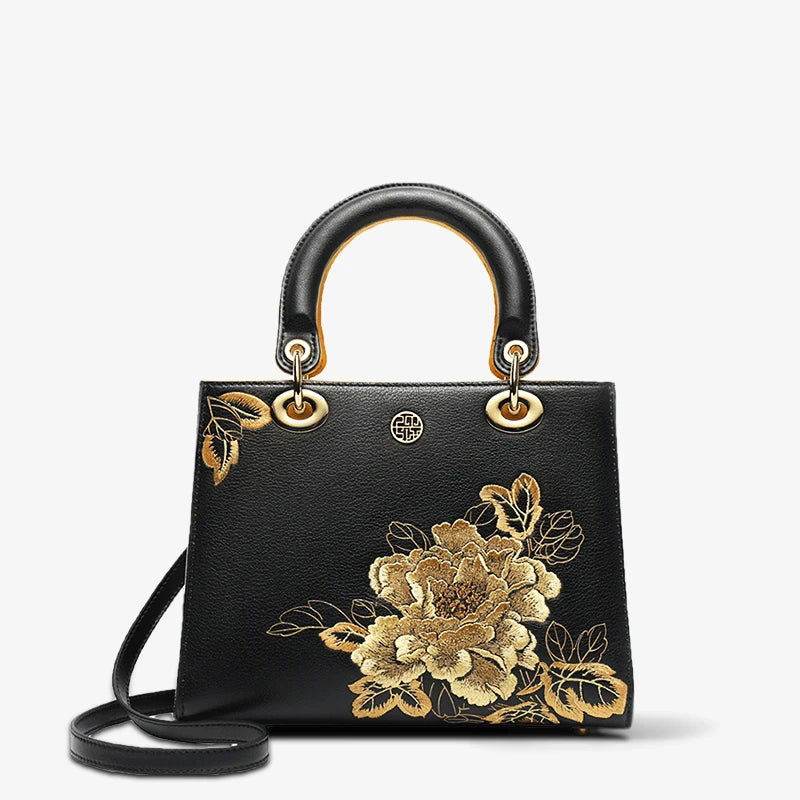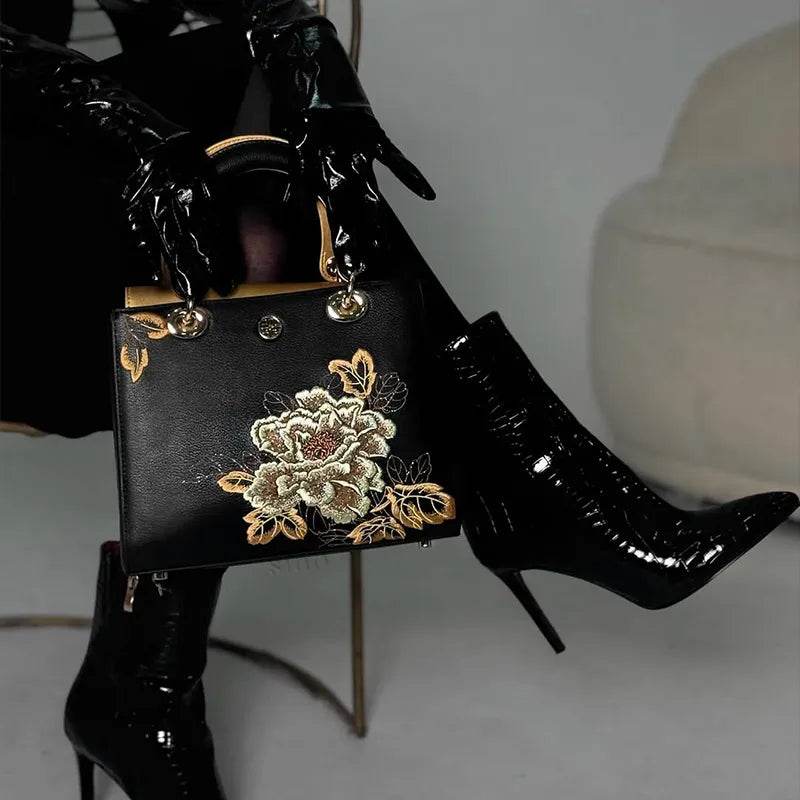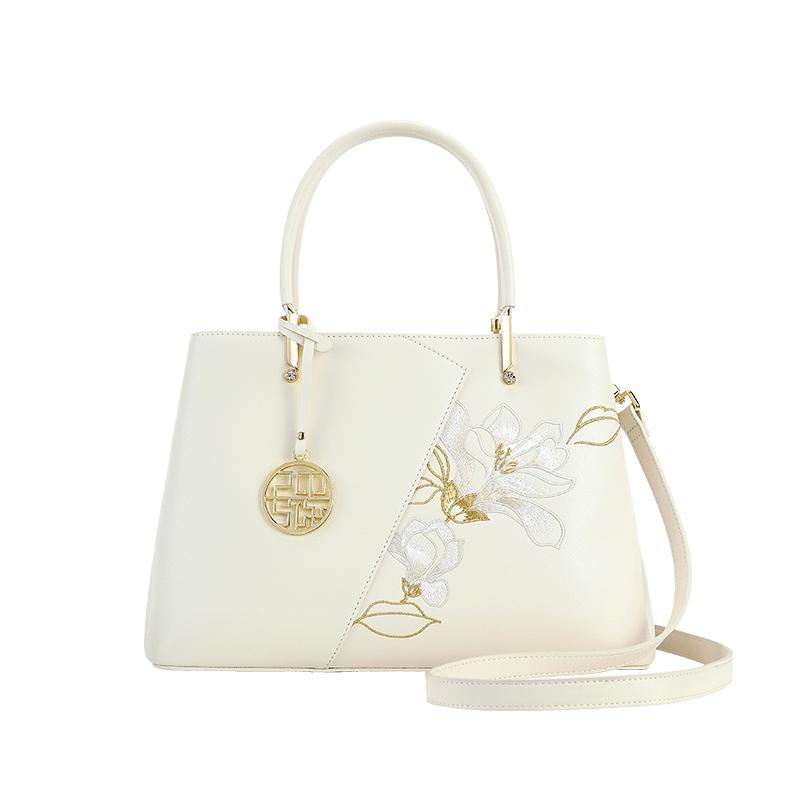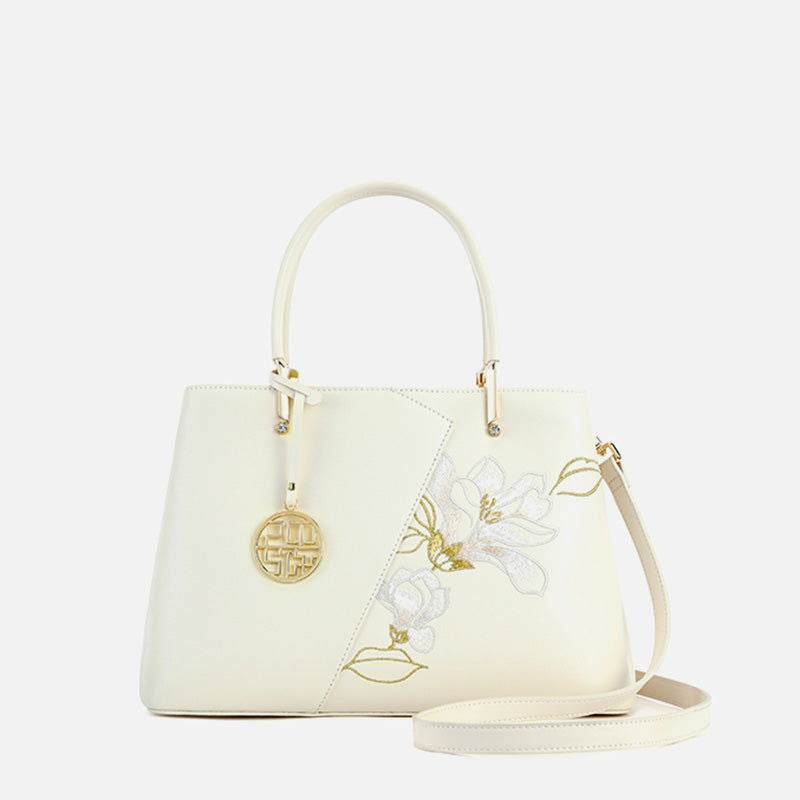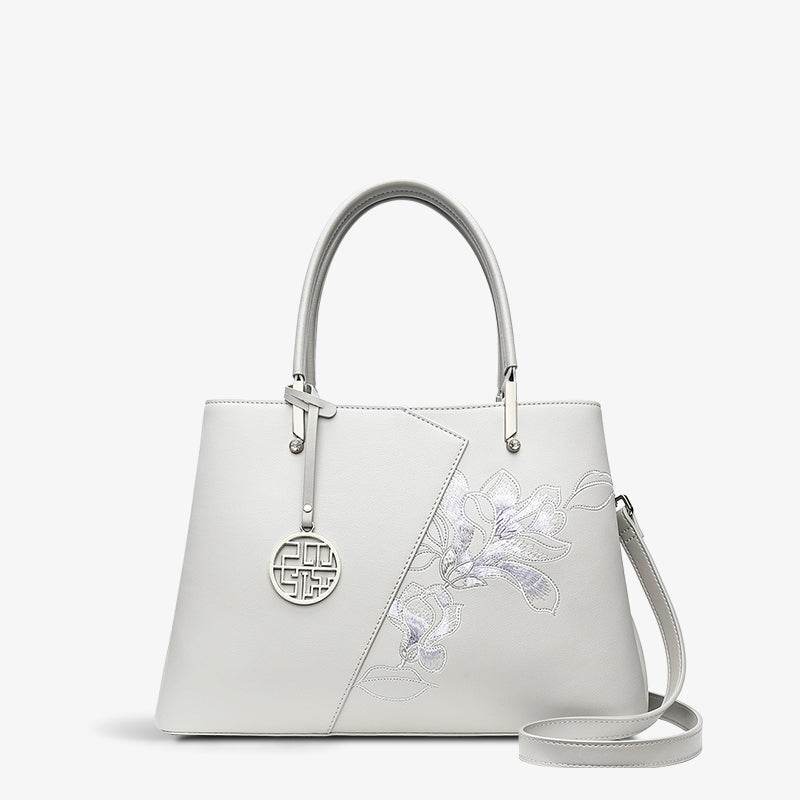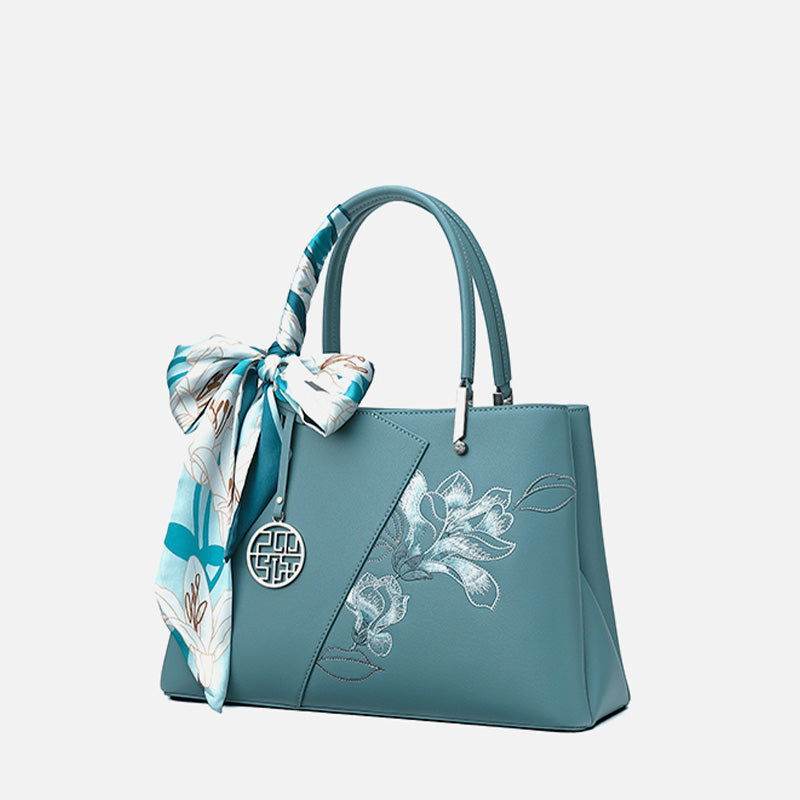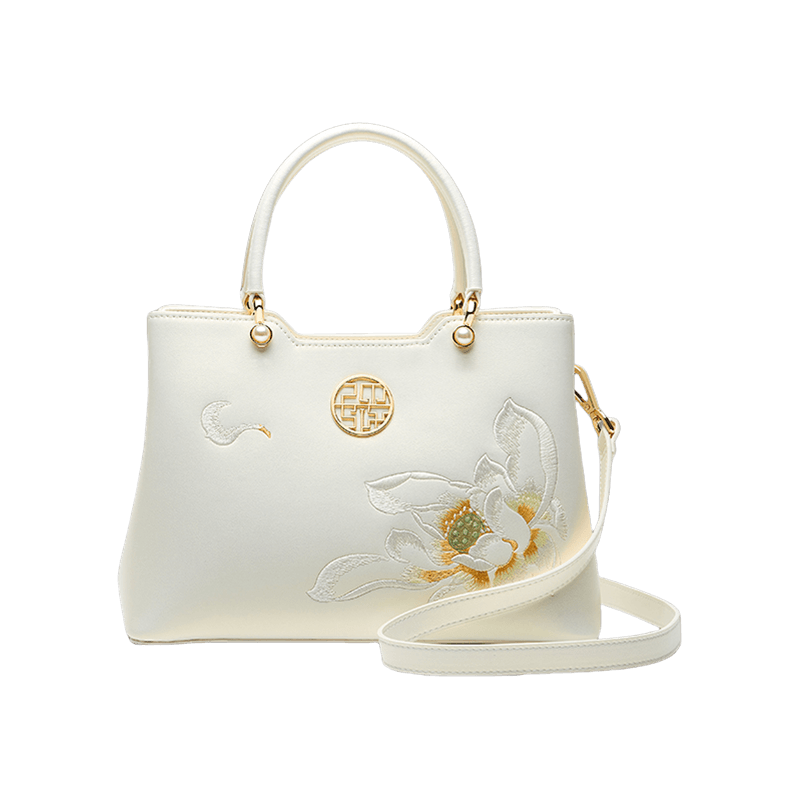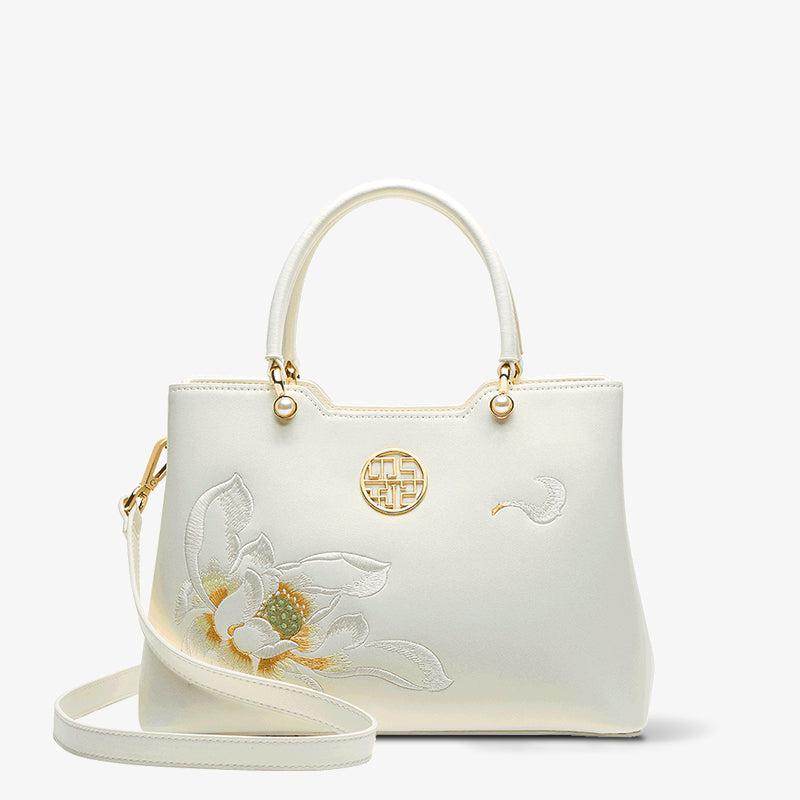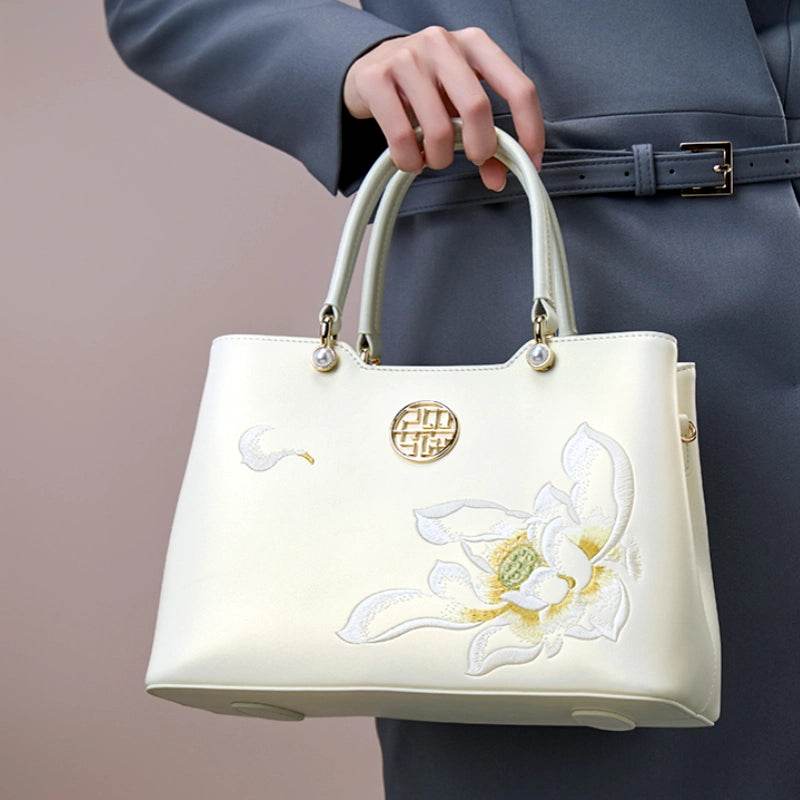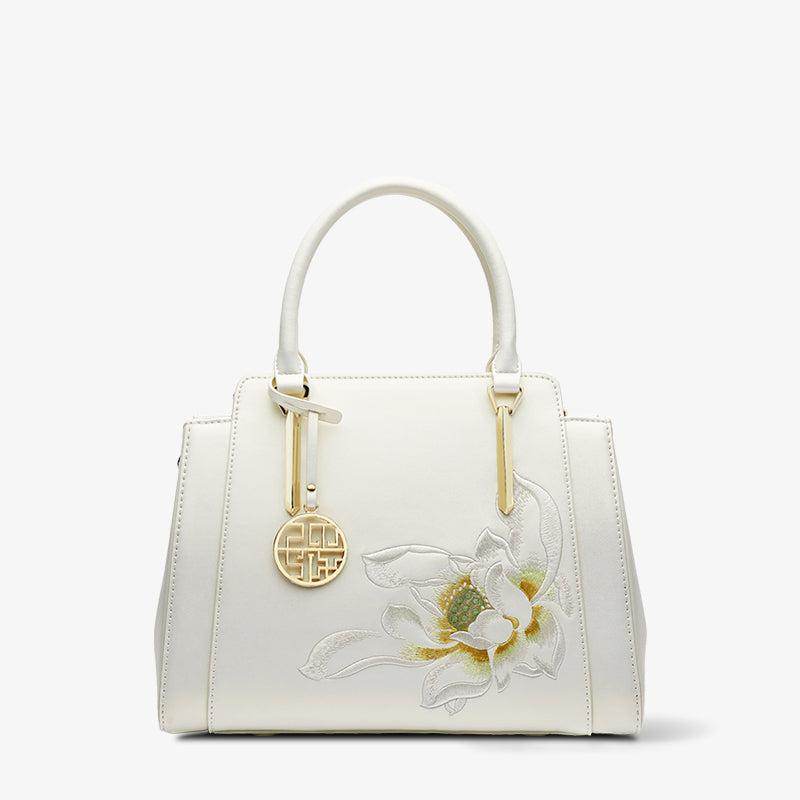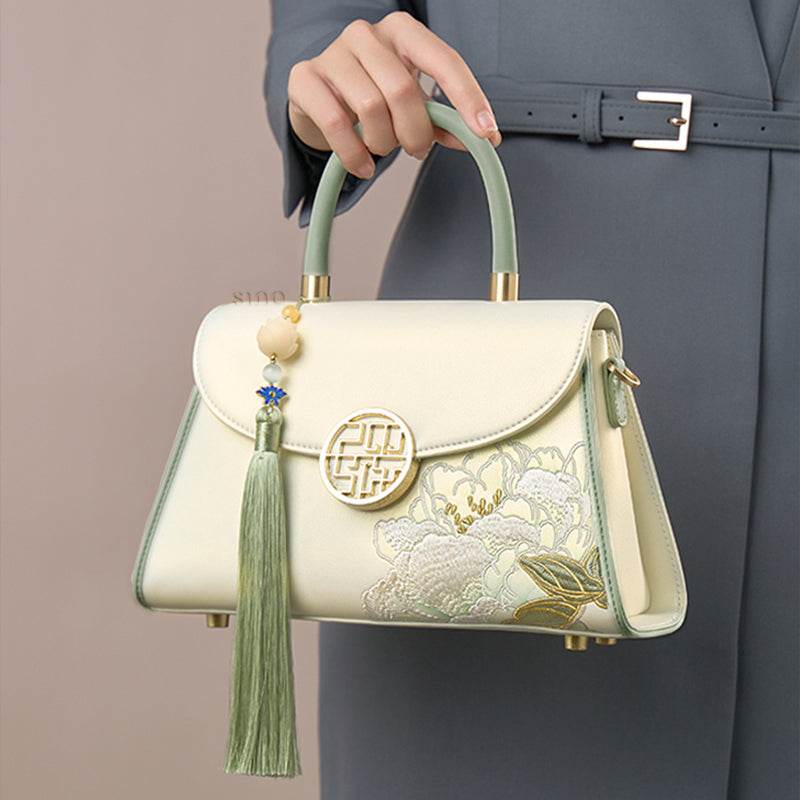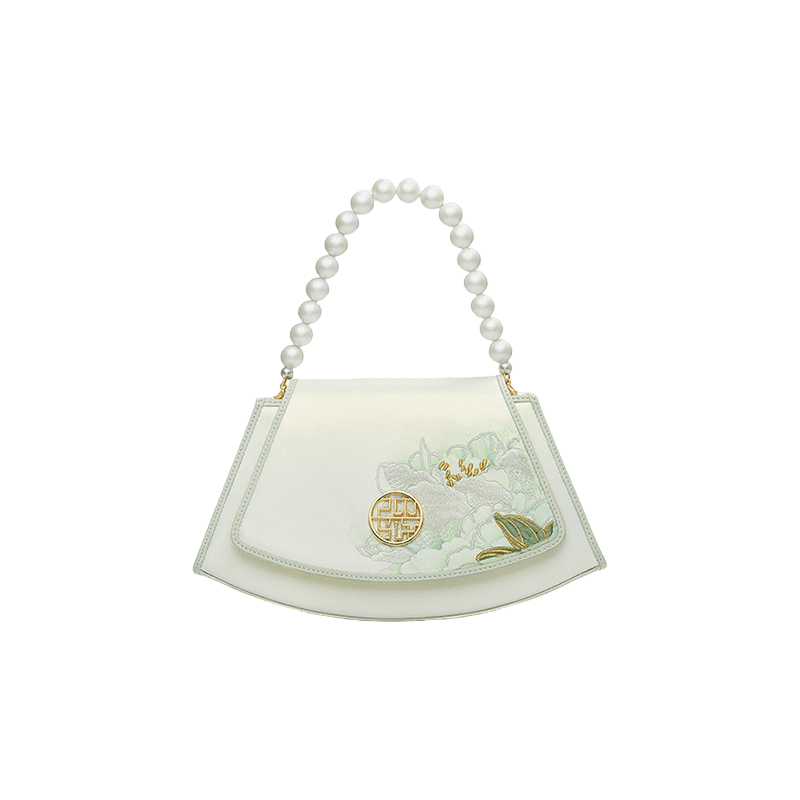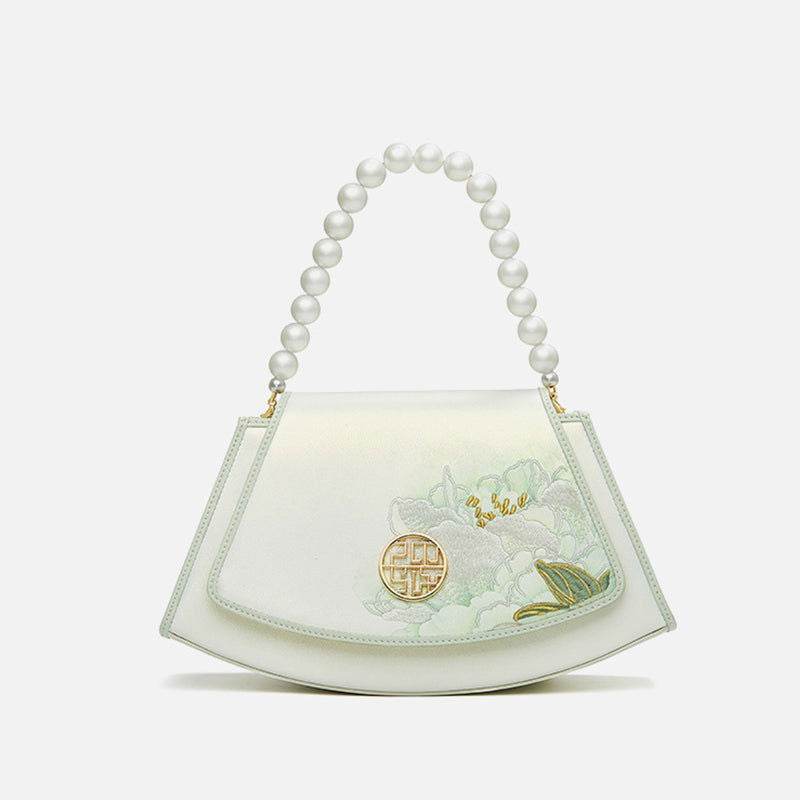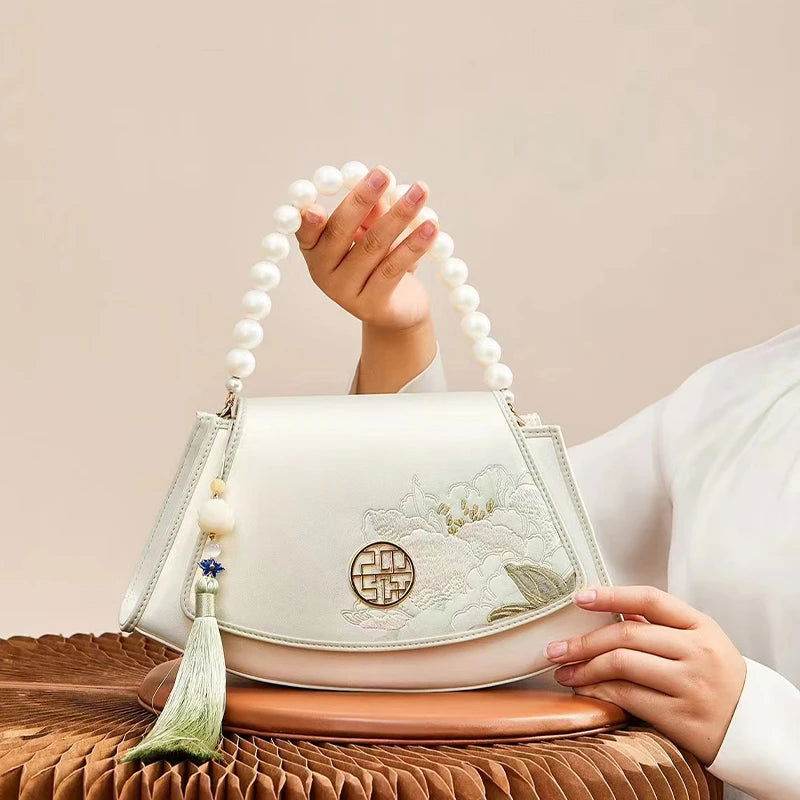This article mainly introduces Xiang embroidery, one of the four famous Chinese embroidery. If you want to know more about the four famous Chinese embroidery, please read our An Expert Guide to China Four Famous Embroideries: Su, Xiang, Yue, Shu
What is Xiang Embroidery? A Legacy Woven in Silk
Xiang embroidery, or Hunan embroidery, is a traditional folk art originating from Changsha in Hunan Province.It is celebrated as one of the Four Great Embroideries of China, alongside Su embroidery , Shu embroidery, and Yue(Canton) embroidery,. With a history stretching back over two millennia, Xiang embroidery is deeply rooted in Chu culture and is renowned for its masterful use of silk threads to create realistic and vivid patterns.

The Historical Threads of Xiang Embroidery
The origins of Xiang embroidery can be traced to ancient times, and has more than 2000 years of history. With some of the earliest examples discovered in the Mawangdui Tombs of the Han Dynasty (206 BC–220 AD) in Changsha.These archaeological finds reveal a sophisticated level of craftsmanship that is remarkably similar to modern techniques, underscoring the art form's long and continuous history. Over the centuries, Xiang embroidery has absorbed the essence of traditional Chinese painting, evolving to its zenith during the late Qing Dynasty.

Mastering the Needle: The Art of Xiang Embroidery Techniques
Xiang embroidery is distinguished by its intricate stitching and the masterful use of color. Traditionally, it boasts 72 different stitching methods, which allow for a wide range of expressive possibilities.
Key techniques that define Xiang embroidery include:
-
Unique Silk Threads: Xiang embroidery is created with pure silk, hard and soft satins, and transparent gauze, using a variety of colored silk threads.
-
Realistic and Vivid Imagery: It is praised for making "embroidered flowers seem fragrant, birds sing, tigers run, and people come to life."
-
Three-Dimensional Effects: The art form is known for its ability to create a three-dimensional effect through the subtle gradation of colors and the contrast between light and dark.


Artistic Characteristics
Xiang embroidery is primarily made using pure silk, hard satin, soft satin, transparent gauze, and various colored silk and velvet threads. It is characterized by meticulous composition, vivid colors, and diverse stitching techniques, offering rich expressiveness. The artworks depict figures, animals, landscapes, and flowers with unique artistic effects through intricate color lines and varied stitches. Whether flat, woven, net, knot, three-dimensional, double-sided, or random stitch embroidery, Xiang embroidery emphasizes both the external form and internal essence of the subject, down to the smallest details. >>>Explore Xiang Embroidery Scarves Collections
Safeguarding a Legacy: Cultural Preservation
Xiang Embroidery has received significant recognition and protection as an Intangible Cultural Heritage:
-
2006: Listed among the first batch of China's National Intangible Cultural Heritage.
-
2006: Shaping Town in Changsha was officially named the "Hometown of Xiang Embroidery."
-
2010: Granted Geographical Indication (GI) protection by China, establishing strict quality and technical standards.
-
2014: The Hunan Xiang Embroidery Institute was designated a National Non-Heritage Productive Protection Demonstration Base.
A Global Ambassador of Chinese Art
Xiang embroidery is not only highly esteemed within China but also plays a significant role in international cultural exchanges. Its unique artistic value and cultural connotation make Xiang embroidery works important representatives of Chinese culture. Xiang embroidery master Liu Aiyun’s award-winning piece "Drinking Tiger" has showcased the allure of Xiang embroidery to the world.
Preserving a Timeless Tradition
As a treasure of China's intangible cultural heritage, Xiang embroidery represents a perfect fusion of art and culture. It embodies the wisdom and dedication of generations of artisans who have passed down these ancient techniques. By cherishing and protecting this precious heritage, we ensure that the timeless beauty of Xiang embroidery will continue to inspire for generations to come.
More to Read:
Canton Embroidery: History, Techniques, and Modern Revival|Sinocultural
An Expert Guide to China Four Famous Embroideries: Su, Xiang, Yue, Shu
How to Embroidery: Splitting Mulberry Silk Threads for Embroidery
Suzhou Embroidery: A Guide to China's "Painting by Needle"|Sinocultural
Shu Embroidery: Centuries of Artistry from Western Sichuan
History of Chinese Embroidery | SinoCultural
